America Goes Green: Examining the US Government’s Ambitious Net Zero Emissions Goals
Climate change has become an undeniable threat, prompting nations worldwide to take action. The United States, a major contributor to greenhouse gas emissions, has set its sights on a significant goal: achieving net-zero emissions by 2050. This article delves into the details of this ambitious target, exploring its potential benefits, challenges, and the various pathways America might take to reach this green destination.
The Urgency of Net Zero
Scientific consensus warns of the dire consequences of unchecked climate change. Rising temperatures, extreme weather events, and rising sea levels threaten ecosystems, economies, and human well-being. The US Environmental Protection Agency (EPA) emphasizes the need for significant emissions reductions to avoid the worst impacts.
Net zero signifies a state where human activities no longer contribute net greenhouse gas emissions to the atmosphere. While achieving complete zero emissions might be unrealistic, net zero allows for some emissions to be offset by carbon capture technologies or natural carbon sinks like forests.
Benefits of Going Green
Transitioning to a net-zero economy offers a multitude of benefits. Environmental gains are at the forefront, with reduced air and water pollution leading to a healthier planet. Additionally, a green economy fosters innovation in clean energy technologies, creating new jobs and boosting American competitiveness in the global marketplace.
Public health can improve significantly with cleaner air and a more sustainable food system. Communities dependent on fossil fuels could see economic diversification and a revitalization of local economies. The long-term savings from mitigating climate change impacts further strengthen the case for going green.
Challenges on the Road to Net Zero
Despite the compelling benefits, achieving net zero presents significant challenges. The American economy is deeply reliant on fossil fuels, and transitioning to renewable energy sources requires significant investments in infrastructure, research, and development. Existing energy grids may need substantial upgrades to accommodate increased reliance on renewables like solar and wind power.
Furthermore, transitioning away from fossil fuels could impact certain industries and communities heavily reliant on them. It is crucial to manage this transition equitably and ensure a just transition for workers.
Political will and public support are also vital components. Achieving net zero necessitates sustained efforts across multiple administrations, and public buy-in is essential for garnering support for policy changes and investments.
Pathways to a Greener Future
Several pathways lead America to its net-zero goal. Here are some critical areas of focus:
- Energy Transformation: Shifting from fossil fuels to renewable energy sources is paramount. This includes large-scale investments in solar, wind, geothermal, and hydropower. Additionally, developing and deploying advanced energy storage solutions is crucial.
- Energy Efficiency: Improving energy efficiency across sectors, from buildings and transportation to industry, is critical. This can be achieved through regulations, incentives, and technological advancements.
- Electrification: Electrifying transportation will play a significant role. This necessitates expanding the electric vehicle charging infrastructure and transitioning heavy-duty vehicles to electric or hydrogen alternatives.
- Carbon Capture and Storage: Technologies that capture and store carbon emissions from power plants and industrial facilities can help achieve net zero. Research and development in this area are ongoing.
- Natural Climate Solutions: Protecting and restoring forests and other natural carbon sinks is critical to a net-zero strategy.
The Role of Policy and Public Participation
Government policies will significantly contribute to driving the transition towards a net-zero economy. These include carbon pricing mechanisms, tax breaks for renewable energy investments, and emission reduction regulations.
Public participation is equally important. Public awareness campaigns and educational initiatives can foster understanding and support for environmental policies. Moreover, encouraging individual actions like adopting energy-efficient practices and sustainable consumption patterns can contribute significantly to the overall effort.
Policy Pathways for a Greener America
The US government has several policy tools at its disposal to incentivize the transition to clean energy:
- Carbon Pricing: A carbon tax or cap-and-trade system could be implemented to price carbon emissions. This would make clean energy sources more competitive and discourage fossil fuel use.
- Renewable Energy Credits (RECs): These tradable certificates represent the environmental benefits of renewable energy generation. Expanding REC programs can incentivize investments in clean energy projects.
- Green Infrastructure Investment: Significant public and private investments are needed to upgrade the national grid, build charging infrastructure for electric vehicles, and expand renewable energy capacity. Tax breaks and loan guarantees can further stimulate clean energy development.
- Energy Efficiency Standards: Setting stricter energy efficiency standards for appliances, buildings, and industrial processes can significantly reduce energy consumption.
Learning from Global Leaders
Many countries are blazing a trail towards net zero, offering valuable lessons for America:
- The European Union’s Green Deal is a comprehensive plan for achieving climate neutrality by 2050. It combines ambitious emissions reduction targets with investments in clean technology and focuses on a just transition for workers.
- China’s aggressive renewable energy expansion has made it a global leader in solar and wind power generation. While concerns exist about its coal dependence, China’s experience showcases the rapid scaling potential of clean energy.
- Costa Rica’s commitment to renewable energy is a beacon for developing nations. They rely heavily on renewables for electricity generation and have set ambitious targets for further decarbonization.
These are just a few examples, and America can learn valuable lessons from the successes and challenges other countries face.
The Green Economy: Jobs and Growth
Transitioning to a net-zero economy presents immense economic opportunities:
- Green Jobs Boom: Clean energy sectors like solar, wind, and energy efficiency offer significant job creation potential. Investment in these sectors fosters innovation and stimulates economic growth.
- Export Potential: The US can become a global leader in clean technology development and export. This would create new markets for American businesses and strengthen the nation’s economic competitiveness.
- Reduced Healthcare Costs: Cleaner air and a healthier environment translate into reduced healthcare costs associated with respiratory illnesses and other environmental health impacts.
- Energy Security: Shifting away from fossil fuel dependence enhances energy security by reducing reliance on volatile global oil markets.
The overall economic benefits of transitioning to a net-zero economy can outweigh the short-term disruptions.
Social Considerations: A Just Transition
The transition to net zero must be just and equitable. Communities heavily reliant on fossil fuels might face economic hardship as those industries decline. Here’s how to ensure a just transition:
- Retraining and Workforce Development Programs: Supporting workers in transitioning to new skills needed in the green economy is crucial.
- Community Investment: Investment in affected communities fosters economic diversification and creates new opportunities.
- Safety Net Programs: Social safety net programs can support workers and communities experiencing economic hardship during the transition.
By prioritizing a just transition, America can ensure everyone benefits from moving towards a greener future.
Conclusion: A Shared Responsibility
America’s ambitious net-zero goal requires a collective effort from government, businesses, and individuals. Robust policy frameworks, continued innovation, and public support are critical for success. While challenges exist, the potential benefits of a sustainable future are undeniable. Embracing a green economy preserves the environment, creates jobs, improves public health, and enhances national security. America’s journey to net zero is a defining chapter, and by working together, we can ensure a brighter future for generations to come.
This expanded version provides a more comprehensive analysis of America’s net-zero journey, highlighting specific policies, international examples, economic opportunities, and the importance
of a just transition. Remember, staying informed and actively participating in the conversation are crucial for ensuring America reaches its green destination.
REFERENCES
United States Environmental Protection Agency. (2023, January 19). Climate Change Basics. https://www.epa.gov/climate-change
Environmental Defense Fund. (2023, March 14). Benefits of Clean Energy. https://www.edf.org/climate/energy
The White House. (2021, January 20). Executive Order on Tackling the Climate Crisis at Home and Abroad. https://www.whitehouse.gov/briefing-room/presidential- actions/2021/01/27/executive-order-on-tackling-the-climate-crisis-at-home-and-abroad/
American Public Health Association. (2021, December 7). The Health Benefits of Climate Action. https://www.apha.org/topics-and-issues/climate-health-and-equity [5] Organisation for Economic Co-operation and Development (OECD). (2020, October
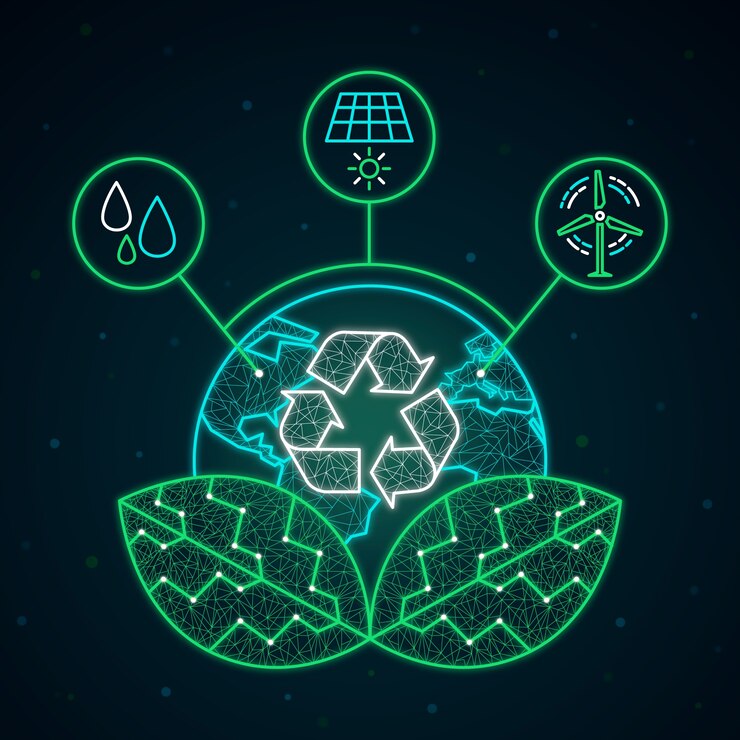



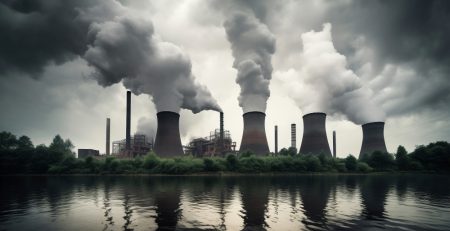
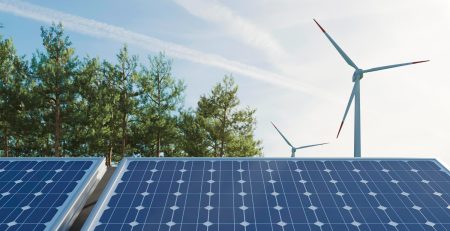
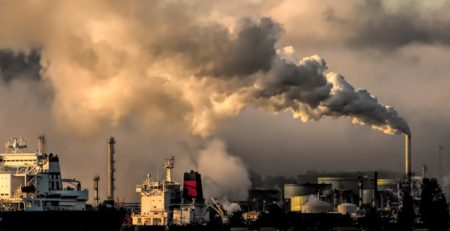
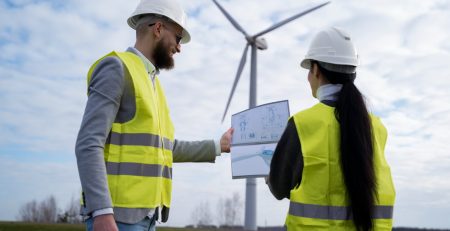

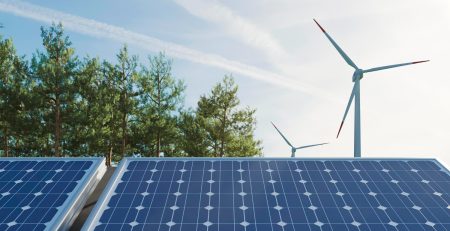

Leave a Reply